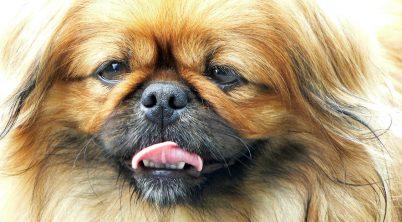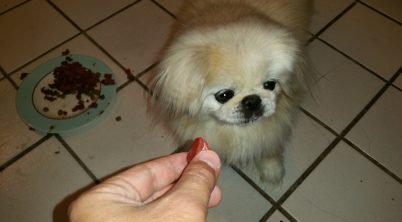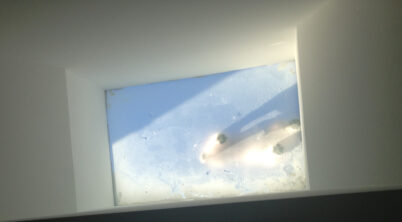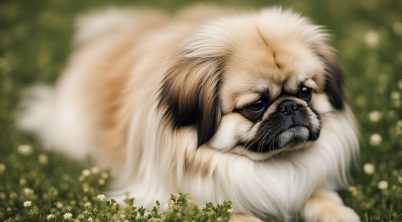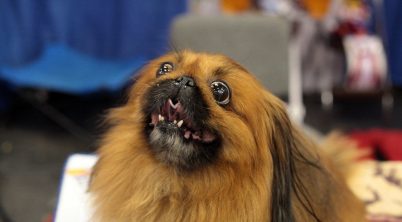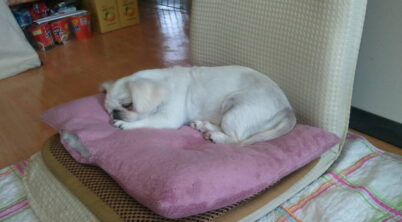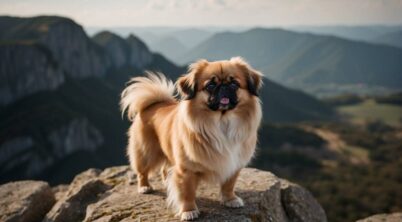The Pekingese, a small yet sturdy dog breed, boasts a history entrenched in ancient China where it was revered by nobility. With features distinctive and unique, including a large head in proportion to its body, a broad and flat face, and a short, thick neck, the Pekingese presents a well-balanced conformation. The breed’s legacy stretches back nearly 2,000 years, a testament to its enduring preference and selective breeding which has preserved its specific characteristics.
Originating from the luxurious confines of the Forbidden City, this breed was so cherished that it enjoyed a sacred status among Chinese nobles. The Pekingese’s journey to Western recognition began in the 19th century during the Second Opium War. British and French troops, upon invading the Imperial Palace in Beijing, discovered the breed and introduced it to Europe, where it steadily gained popularity.
Key to understanding the Pekingese is grasping its influence on toy dog breeds that followed, including the shih tzu and pug. The Pekingese’s compact size, which allowed it to be carried in the sleeves of robes, set a standard for what many consider the quintessential lapdog. Despite its diminutive stature, the breed maintains a confident demeanor, with its history deeply rooted in the concept of noble companionship.
Table of Contents
Pekingese Development
The Pekingese breed boasts a rich lineage, with origins in the ancient Chinese imperial courts. Bred for nobility, size and appearance were focal points in their development, leading to their small, sturdy stature, and distinctive, lion-like mane.
Physical Attributes:
- Size: Compact and slightly longer than tall.
- Head: Broad and flat, with a larger proportion to the body.
- Skull: Wider than deep, with a short and thick neck.
Over centuries, the breed was refined to exhibit traits deemed desirable by Chinese royalty. Their legacy includes being ancestor to modern toy breeds such as the Shih Tzu and Pug.
Selective Breeding Goals:
- Legs: A trend toward shorter legs.
- Fur: Selection for longer fur.
While the breed’s regal bearing has remained constant, Pekingese puppies require dedicated attention to cultivate their noble demeanor and bold temperament. This makes the breed distinctive not just in appearance, but in personality too.
| Milestone | Age Range |
|---|---|
| Puppyhood and Socialization | Birth to 16 weeks |
| Juvenile Period and Training | 4 to 6 months |
| Sexual Maturity | 6 months to 1 year |
The breed’s historical significance and purebred continuity have been maintained despite their journey West during the Second Opium War, where they transitioned from sacred Chinese companions to Western show dogs. Today, the breed standards set by kennel clubs mirror these ancestral traits, preserving the Pekingese’s historical and cultural identity.
Breed Origin and History
The Pekingese breed boasts deep roots in China’s ancient past and royal tradition. Esteemed by imperial families, these dogs later captured Western interest during a tumultuous period of British-Chinese history.
Ancient Chinese Roots
The Pekingese is one of the world’s most ancient dog breeds, with its lineage traceable back to the Tang Dynasty, around the 8th century. These dogs find their origins in the heart of Ancient China, revered for their lion-like appearance which was believed to ward off evil spirits.
Imperial Significance
The breed held immense significance in the Imperial Family and was an integral part of life within the Forbidden City. This esteemed status meant they were exclusively owned by royalty. Pekingese were so revered that stealing one was considered a crime punishable by death. They were symbols of good fortune and protectors of palace realms.
Journey to the Western World
The Pekingese made their journey to Western countries during the Second Opium War. In 1860, after British and French troops invaded the Summer Palace, Captain John Hart Dunne obtained a Pekingese dog, which was later presented to Queen Victoria. Christened “Looty”, this event marked the beginning of the breed’s presence in the West. As a result of the Opium Wars, more of these cherished dogs left China and the breed gradually became popular in various Western nations.
Physical Characteristics
The Pekingese breed boasts a unique structure marked by a notable head-to-body proportion and a luxurious double coat that exemplifies its nickname, “lion dog”.
Distinctive Appearance
The Pekingese is a small, yet sturdy dog that typically weighs between 7 to 14 pounds and stands about 6 to 9 inches at the shoulder. They display a noteworthy balance in their build, appearing slightly longer than they are tall. Their heads are proportionally large with a broad, flat face, often described as lion-like. This impression is enhanced by the presence of a lion-like mane around the neck, especially in males.
Coat and Color Variations
Their double coat consists of a soft, thick undercoat and a long, straight, and harsh outer coat. This combination gives the Pekingese its luxurious appearance. They come in a variety of coat colors including but not limited to red, tan, gold, black, and white. The grooming requirements for maintaining their coat are considerable, as the Pekingese needs regular brushing to prevent matting and to manage shedding.
Behavior and Temperament
The Pekingese is a breed with a temperament that reflects its royal heritage: confident and dignified, yet affectionate and loyal to its family. Understanding these traits is crucial to fostering a harmonious home environment.
Personality Traits
The Pekingese is known for its staunch confidence and loyal companionship. It often carries itself with a dignified poise akin to royalty, likely a vestige of its history among Chinese nobility. They are affectionate with their families and can be exceptionally loyal. However, their regal character can sometimes translate into independent and stubborn behaviors, which means they require a consistent and patient approach in interactions.
- Confidence: Reflects boldness and self-assured behavior
- Loyalty: Highly devoted to their owners
- Dignity: Maintains a composed and serious demeanor
- Independence: Can exhibit self-reliant behavior, preferring to do things on their own terms
- Stubbornness: May resist commands or training without proper motivation
Behavioral Training
Training a Pekingese demands an understanding of its temperament. They respond well to positive reinforcement and consistent training practices. Strong-willed and at times stubborn, the Pekingese may not always follow commands immediately, making patience and persistence key. Socialization from a young age is significant to prevent the development of overly protective behavior. Introducing the Pekingese to a variety of people and environments can help develop a well-rounded character.
- Positive Reinforcement: Rewards and praises enhance cooperation
- Consistency: Establishing a routine aids in achieving training goals
- Patience: Necessary due to their independent nature
- Early Socialization: Acquaintance with diverse scenarios and individuals mitigates apprehensiveness and fosters adaptability
Note: Remember that, while the Pekingese can learn a variety of commands and behaviors, the process may be gradual due to their independent nature.
Health and Grooming Needs
The Pekingese breed demands dedicated care to combat health challenges and maintain their distinct coat. This care includes monitoring for breed-specific health issues and adhering to a strict grooming regimen.
Common Health Concerns
The Pekingese is prone to several hereditary health issues. They often face breathing difficulties due to their brachycephalic (flat-faced) nature, making them more susceptible to heatstroke. Progressive retinal atrophy is a genetic condition found in this breed, which can lead to blindness if not monitored and managed properly. Additionally, due to their prominent eyes, Pekingese dogs are at risk for eye-related issues such as corneal ulcers.
Grooming Essentials
Grooming a Pekingese requires regular attention. Their long, thick coat is prone to shedding and can become matted without proper care. Owners should establish a grooming routine including:
- Brushing: At least once a week with a comb and brush; more often during shedding seasons.
- Coat Care: Use of a spitzer bottle to moisten the coat during brushing and apply flea preventatives if needed.
- Professional Grooming: Many owners opt for a professional groomer every six to eight weeks to manage the coat length and maintain overall cleanliness.
A balanced diet also plays an integral role in maintaining the Pekingese’s coat health and overall well-being. Nutrition should be carefully considered to ensure a balanced diet that supports both internal and external health needs.
Living with a Pekingese
Living with a Pekingese is a unique experience that combines the elegance of an ancient companion with the requirements of a modern household pet. Although small in stature, Pekingese dogs carry a history of being esteemed lapdogs, originally bred to fit in the sleeves of Chinese nobility.
Home Environment
Exercise Needs:
Pekingese dogs have moderate energy levels and can adapt well to living indoors. They don’t require extensive exercise, but daily walks and playtime are essential to keep them healthy and prevent obesity. Considering their history as sleeve dogs or “sun dogs,” they thrive on short periods of outdoor activities followed by relaxation indoors.
- Space: Pekingese do not need a large living space and can adapt to apartment living quite easily, making them suitable for a variety of home environments.
- Safety: They have delicate respiratory systems; hence, it’s essential to keep the home temperature-controlled to prevent overheating or chilling.
Companionship:
Pekingese are affectionate and often form strong bonds with their owners but can be somewhat independent. They are known for being loyal lap dogs, content with being close to their human companions, while still showing a streak of independence that pays homage to their ancient lineage as companions of emperors.
Watchdog Ability:
Despite their size, Pekingese can be effective watchdogs as they are alert and can be protective of their home. They may bark to alert their owners of new visitors or unusual activity, showcasing their historically respected watchdog capabilities.
Living with a Pekingese Puppy:
Introducing a Pekingese puppy to the home requires setting clear rules and boundaries. Early socialization and gentle training can help mitigate any stubbornness typical of the breed. Consistency is key to helping them understand their environment and the expectation for their behavior within it.
- Grooming: Regular grooming is vital due to their long and luxurious coat. Brushing several times a week prevents tangles and keeps their fur in good condition.
- Health Considerations: Regular vet check-ups are crucial to manage any breed-specific health conditions early on.
When living with a Pekingese, it’s critical to understand and respect their unique qualities. This breed may have ancient roots, but they are adaptable and can make affectionate, serene companions in the modern world.

